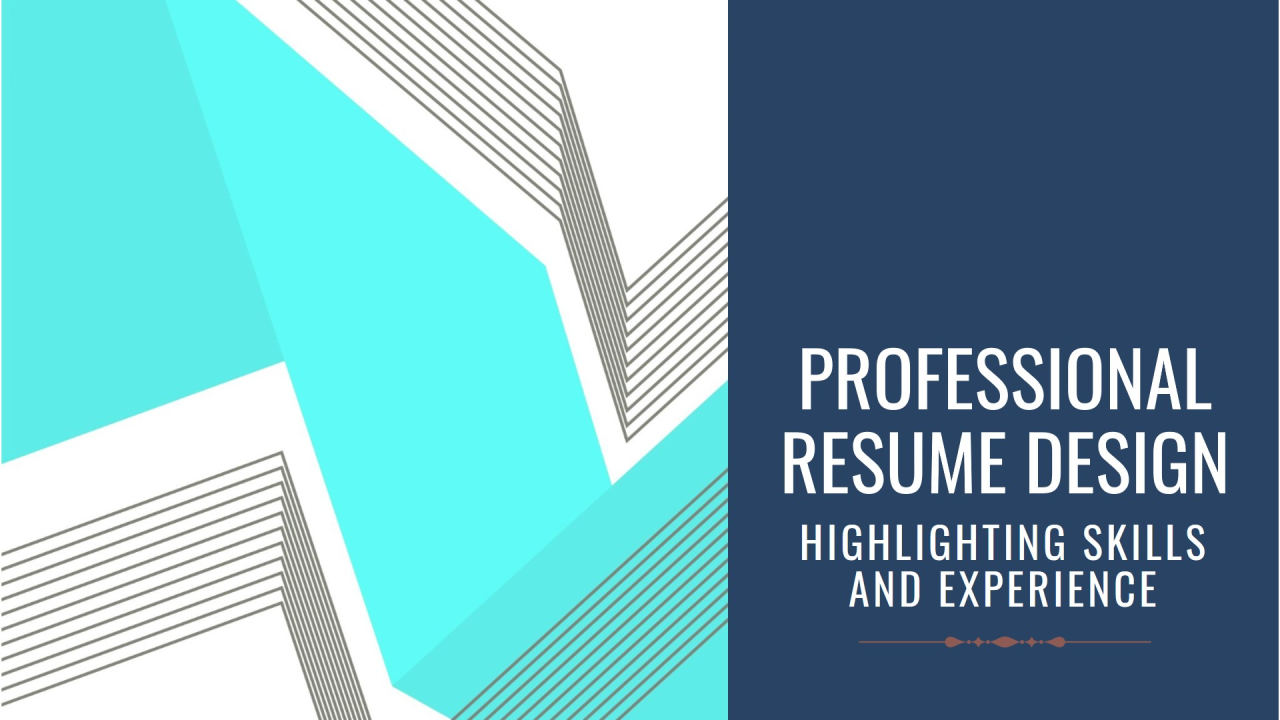.svg)
.svg)

Introduction
Your resume is your first impression to a potential employer. It’s a powerful tool that can open doors to exciting career opportunities. A well-crafted resume highlights your skills, experiences, and achievements, making you a standout candidate. In this blog, we'll guide you through the process of creating an effective resume that leaves a lasting impression.
Understanding Your Target Job
Before you start writing, clearly define the job you're aiming for. This will help you tailor your resume to the specific requirements of the position.
Choosing the Right Resume Format
There are three main resume formats: chronological, functional, and combination. Select the one that best showcases your experience and aligns with the job you're applying for.
Crafting a Compelling Resume Header
Your header should include your name, contact information, and optionally, a professional headline or summary. Keep it concise and impactful.
Writing a Strong Summary or Objective
A well-written summary or objective grabs the reader's attention and provides a clear overview of your qualifications.
Highlighting Your Skills
Showcase your skills effectively by categorizing them into different sections.
Showcasing Your Experience
Detail your work experience in reverse chronological order, including job titles, company names, locations, dates of employment, and key responsibilities and achievements. Use action verbs to start each bullet point.
Education and Certifications
Include your educational background, starting with the most recent degree. List the degree, institution, location, and graduation date. Include relevant certifications and licenses.
Additional Sections (Optional)
Consider adding optional sections if they enhance your profile:
Resume Formatting and Design
Proofreading and Editing
Carefully proofread your resume to eliminate errors in grammar, spelling, and punctuation. Consider using online tools or asking a friend to review it.
Conclusion
Your resume is a valuable tool in your job search. By following these guidelines and tailoring your resume to each job application, you increase your chances of landing an interview. Remember, your resume is a dynamic document. Update it regularly to reflect your latest experiences and skills.
Join the ABC Trainings Community!
Expand your design and tech knowledge by following us on social media for daily tips, industry insights, and exclusive announcements.
Don't forget to share this article with your network!
By sharing valuable content, we can help more people develop their design and tech skills. Let's spread the knowledge together!
Copyright © 2025 ABCTrainings - All rights reserved